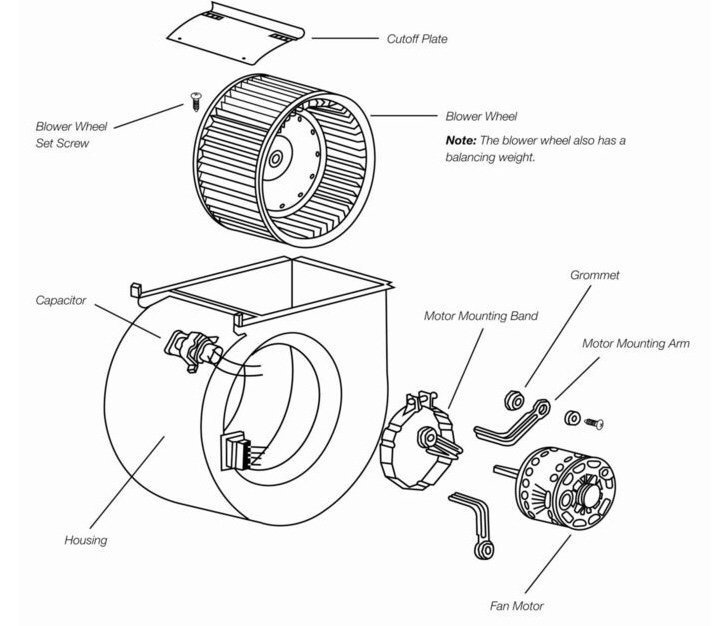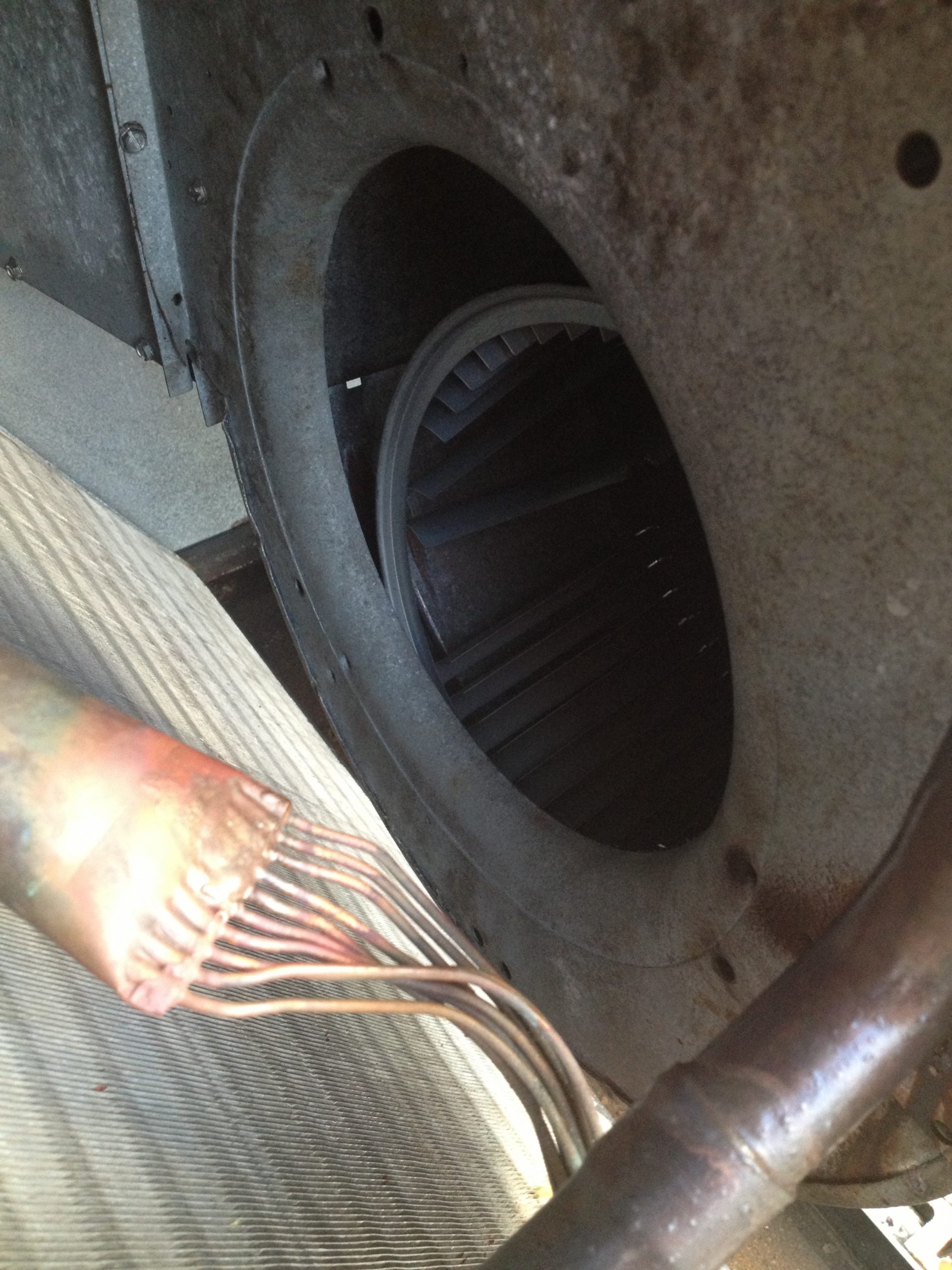Get Tech Tips
Subscribe to free tech tips.
Low Airflow – Beyond the Obvious

Every now and then, a tech will call me and give me the same story of woe.
They're working on a system and have the following readings:
- Low superheat
- Low suction pressure
- Low head pressure
They'll reassure me that the system airflow is correct. So, what could possibly be wrong?
I'll ask how they could be sure their airflow is correct. Often, I'll hear some variation of: “I checked everything!” By that, they mean they've looked at the coil, blower wheel, and filter and inspected the ducts. Not often have they actually measured the airflow.
This isn't a tip on how to measure airflow, but there are many ways you can do it. Each method has varying levels of accuracy in the field. From a hot wire anemometer in the duct to an airflow hood, measuring airflow can be done, and it's certainly better than just guessing, especially when you get stuck on a diagnosis. My favorite way to measure airflow is to use factory fan tables and static pressure. However, that method just doesn't work when anything in the system has been altered from factory test conditions (dirty blower wheel, wheel or motor replaced, etc.).
While there is validity to visual inspection and airflow measurement, there are some issues that can be tough to notice. However, they can lead to the symptoms the tech was observing.
Low Load
While we often think of the combo of low suction, superheat, and head pressure as being caused by low airflow, it actually falls under a larger heading of low evaporator load. That simply means that the quantity of heat being picked up in the evaporator is lower than the refrigerant mass flow rate requires for the desired operation.
That can be caused by low air temperature passing over the coil, low airflow, or an undersized coil.
Here are some things to look out for that can cause these more uncommon symptoms:
Missing Blower Cutoff Plate
The blower housing cutoff plate helps to direct the airflow from the wheel out of the housing. It's there so that the blower wheel can be removed. If it's missing, however, it can greatly reduce airflow.
Incorrect Blower Wheel

We've seen several occasions where a homeowner or handyman has replaced a blower wheel with an undersized wheel from another system. That issue will generally be visually obvious, but it's certainly worth looking out for.
Incorrect Evaporator Coil
We had one instance where we were consistently seeing symptoms of low load. Later, we found that someone had put in an evaporator coil that was a smaller tonnage than the original.
Oversized Compressor
Sometimes, a compressor will be replaced with a compressor a size or two larger than the original. That will show low suction and superheat but will show higher than usual head pressure rather than lower. It can resemble a typical low-load evaporator condition.
Incorrect Blower Motor

In the old days, you would simply match HP, RPM, and voltage on a motor, and you would get a fairly consistent result. There are now off-the-shelf ECM/X13 motor replacement kits that can produce very different results from the original factory motors, depending on how they are programmed.
Concealed Duct Issues
Issues like a collapsed inner duct liner or an old filter pulled deep into a return can be tough to find visually. I will generally use a combination of measuring total system airflow and measuring static pressure at various points in the duct system to help find these concealed issues.
Air Bypassing or Recirculating
Open bypass dampers are a common source of issues. However, there can also be cases where there are gaps around the coil where air can pull around the coil without adding heat to the coil as usual.
Blower Spinning Backwards
This is an extreme case, but I've had techs chasing their tails on many occasions just to find out the blower was running backward. Some older ECM motors would fail and run backward, though I haven't seen that issue occur recently.
Oil-Logged Evaporator
Over time, an evaporator can become logged with oil, which can impede heat transfer through the tubing walls. It can look like a low load condition and often accompanies low refrigerant velocity CAUSED by low load over time. That was more common in older mineral oil systems, especially when the system has had a compressor changed or oil added over time. The only way to fix it is to flush the coil internally or use an additive designed to help with oil return.
The way to find these more uncommon causes is to:
- Measure total system airflow against design
- Use static pressure to help isolate issues
- Look for signs of past repairs or newer parts and confirm the replacements are correct and set up properly
—Bryan











Comments
To leave a comment, you need to log in.
Log In